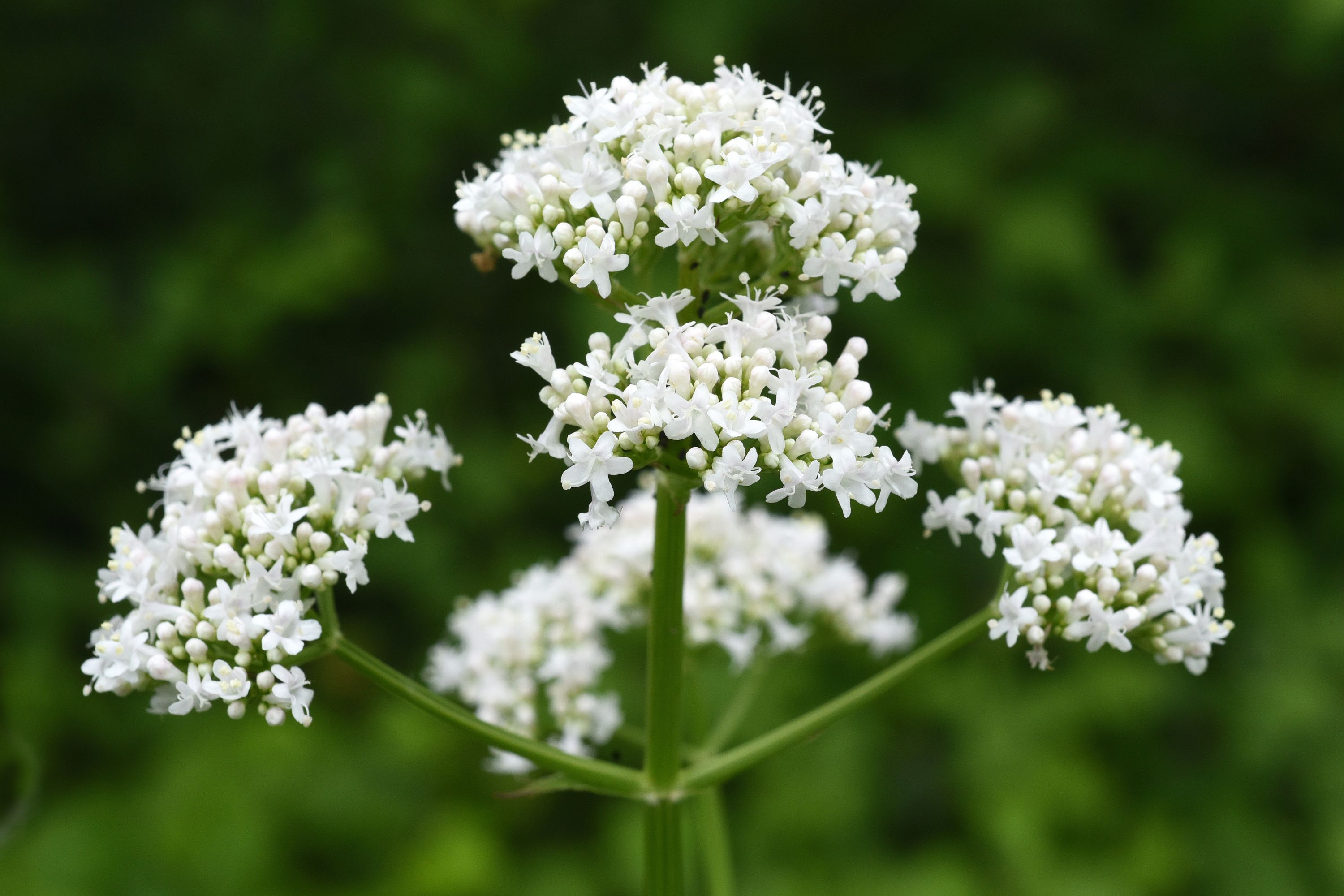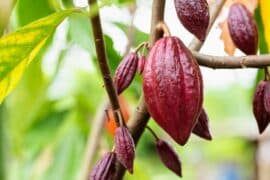Common Scurvygrass
(Cochlearia officinalis)

Description
Cochlearia officinalis, common scurvygrass, scurvy-grass, or spoonwort, is a species of flowering plant in the family Brassicaceae. The plant acquired its common name from the observation that it cured scurvy, and it was taken on board ships in dried bundles or distilled extracts. Its very bitter taste was usually disguised with herbs and spices; however, this did not prevent scurvygrass drinks and sandwiches becoming a popular fad in the UK until the middle of the nineteenth century, when citrus fruits became more readily available. Cochlearia officinalis is a biennial/perennial, growing to 10–50 cm (3.9–19.7 in). The stems are hairless and long stalked with fleshy leaves. The leaves are heart or kidney shaped, the lower stems leaves form a rosette around the base of the plant. It is in flower from May to August, they are small, and come in white or lilac, with four daisy-like petals. The seeds ripen from July to September, they are globe shaped. The small, round seeds are reddish brown. The flowers are hermaphrodite and are pollinated by bees, flies, and beetles. The plant is self-fertile. It is also noted for attracting wildlife and not being frost tender. It is commonly known as 'common scurvy-grass', 'scurvy-grass' and 'spoonwort'. It was formally described by the Swedish botanist Carl Linnaeus in his seminal publication 'Species Plantarum' in 1753, on page 647. The specific epithet officinalis refers to the Linnaean term for plants with an established medicinal, culinary, or other use. It has one known subspecies, Cochlearia officinalis subsp. integrifolia (Hartm.) Nordal & Stabbetorp.
Taxonomic tree:







